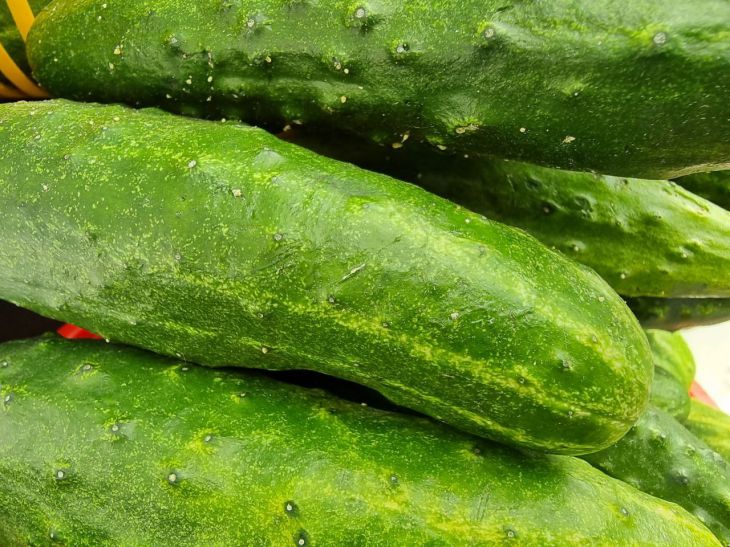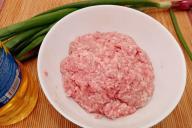Black aphids can cause crop losses and spread diseases.
Black aphids feed on plant sap, sucking it from leaves, stems and ovaries.
At the same time, it secretes a sticky liquid on which fungi and bacteria develop. Black aphids also carry viruses that cause curl, mosaic and other diseases of cucumbers, says Anastasia Kovrizhnykh .

How to recognize black aphids
Black aphids are about 2-3 mm in size and are black or dark green in color. They form colonies on the underside of leaves, especially on young shoots.
If the infestation is severe, the aphids can occupy the entire surface of the leaf and also move to the stems and ovaries. Signs of black aphid infestation:
- Curling and twisting of leaves
- The appearance of a sticky coating on leaves and fruits
- Development of fungal spots and mold on leaves
- Reduced growth and fruiting of plants
- The emergence of viral diseases
How to deal with black aphids
To combat black aphids, you can use different methods: prevention, mechanical cleaning, biological control and chemical treatment.
Prevention
Prevention is the most effective and safe way to prevent black aphids from appearing on cucumbers. To do this, you need to follow these rules:
- Choose pest-resistant cucumber varieties and hybrids
- Observe crop rotation and do not grow cucumbers after other pumpkin crops
- Remove weeds and plant debris from the area
- Ventilate and humidify the greenhouse to avoid creating favorable conditions for the reproduction of aphids
- In autumn, remove the top layer of soil or treat with insecticides if this is not possible.
Mechanical cleaning
Mechanical cleaning is the removal of aphids from plants by hand or with water.
This method is suitable for a small number of plants or for the initial stage of infestation. To do this, you need:
- Inspect plants for aphids and cut off infected leaves and shoots.
- Spray plants with pressurized water to wash aphids off the leaves.
- Wipe the leaves with a cloth or sponge soaked in soapy water.
Biological control
Biological control is the use of natural enemies of aphids such as ladybugs, lacewings, predatory wasps, spiders and other insects.
This method is effective and environmentally friendly, but it requires time and patience. To do this, you need:
- Attract beneficial insects to your plot by planting plants that attract them near your cucumbers, such as calendula, chamomile, daisy, basil, and others.
- Release purchased or collected ladybugs and other predators on infested plants
- Do not use chemicals that may kill beneficial insects.
Chemical treatment
Chemical treatment is the use of special preparations that kill aphids.
This method is fast and effective, but can be dangerous to human health and the environment. To do this, you need to:
- Choose preparations that are suitable for cucumbers and have a minimum waiting period before harvesting
- Observe the dosage and frequency of treatment indicated in the instructions.
- Use protective equipment: gloves, mask, glasses and clothing
- Alternate preparations of different groups of action to avoid causing aphids to become addicted
Among the chemical preparations against aphids, the following can be used:
1. Aktara is a systemic insecticide that is absorbed by the plant and acts on the aphid from the inside. Spraying is carried out once every 10-14 days. The waiting period is 3 days.
2. Fitoverm is a biological insecticide that contains spores of a fungus that attacks aphids. Spraying is carried out once every 7-10 days. The waiting period is 2 days.
3. Iskra is a contact insecticide that acts on aphids when it gets on them. Spraying is carried out once every 7-10 days. The waiting period is 3 days.
Earlier we wrote about how the flower in each purchased orchid pot is slowly being killed.









